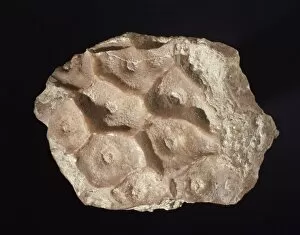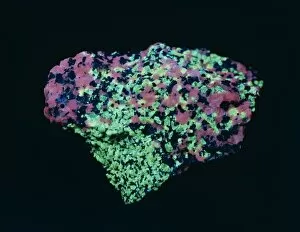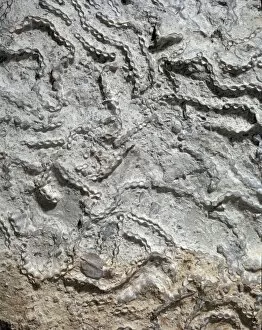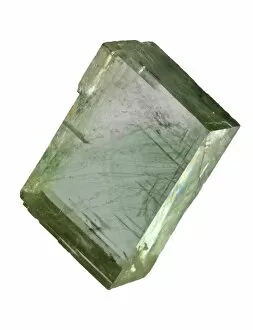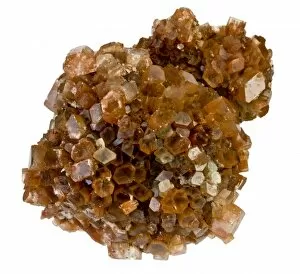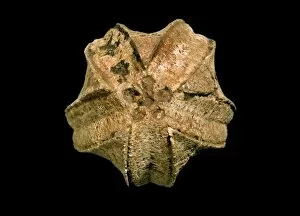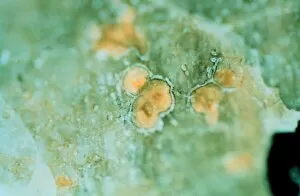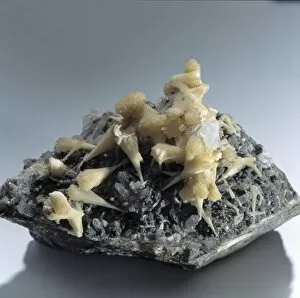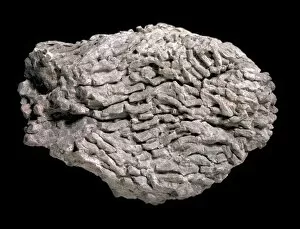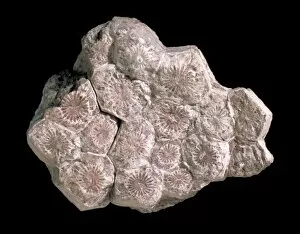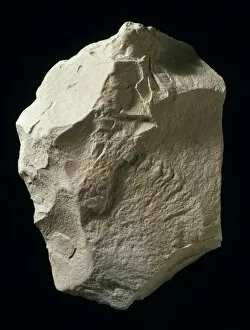Carbonate Mineral Collection (#2)
"Unveiling the Fascinating World of Carbonate Minerals: From Discosphaera tubifera to Pamukkale, Turkey" Plate 7a from Histoire naturelle
For sale as Licensed Images
Choose your image, Select your licence and Download the media
"Unveiling the Fascinating World of Carbonate Minerals: From Discosphaera tubifera to Pamukkale, Turkey" Plate 7a from Histoire naturelle? (1789) showcases the intricate beauty of carbonate minerals. Among them, Discosphaera tubifera and coccolithophores like Emiliana huxleyi take center stage, their delicate structures mesmerizing scientists and enthusiasts alike. In Plate 1 from Histoire naturelle? (1789), we delve deeper into this captivating realm. Here, Coelosphaeridium, a calcareous alga, shares its secrets alongside Franklinite - a zinc ore that holds both industrial and aesthetic value. But let us not forget Iceland spar - a variant of Calcite (Calcium Carbonate) renowned for its optical properties. Its ability to split light into two rays has fascinated researchers for centuries. Emiliania huxleyi coccolithophores grace our journey once again in their ethereal form. These microscopic organisms play an essential role in marine ecosystems as they contribute to carbon cycling and oceanic productivity. Rhodochrosite adds a touch of vibrant color to our exploration. This manganese carbonate mineral is highly sought after by collectors due to its striking pink hues. As we venture further into the world of carbonate minerals, we stumble upon Gold - an element treasured throughout history for its rarity and allure. Our adventure concludes at Pamukkale in Turkey - a natural wonder where calcium-rich waters have created stunning terraces adorned with white travertine deposits. This breathtaking landscape serves as a testament to the power and beauty of carbonate minerals. From ancient fossils preserved within limestone formations to valuable ores hidden beneath Earth's surface, carbonate minerals continue to captivate scientists and inspire awe among those who appreciate their remarkable diversity.





